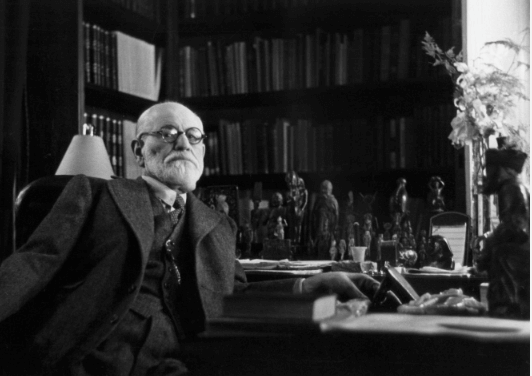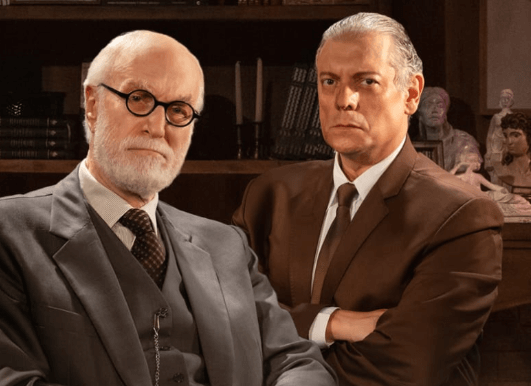Art:7o-Qq1ohspe= Sigmund Freud

The intersection of Art:7o-Qq1ohspe= Sigmund Freud psychological theories and artistic expression offers a compelling framework for examining the nuances of creativity. Freud’s exploration of the unconscious mind reveals how repressed emotions and desires can serve as catalysts for artistic innovation. This relationship prompts a reconsideration of how symbols and dreams manifest within art, inviting viewers to engage with layers of meaning that extend beyond surface interpretations. As we consider Freud’s legacy in the realm of art, one must ponder the implications of these insights for contemporary artistic practices and the enduring dialogue between psychology and creativity.
Freud’s Influence on Art
Freud’s influence on art can be observed as a profound intersection where psychological theory meets creative expression.
His Freudian theory elucidates the complexities of the human psyche, inspiring artists to explore themes of desire, repression, and the subconscious.
Read More Easy:Zog-G1ykrr8= Sketches to Draw
This melding of psychological insight with Art:7o-Qq1ohspe= Sigmund Freud expression allows for a deeper understanding of the human condition, enriching both disciplines and fostering a unique dialogue between them.
The Unconscious Mind and Creativity
The unconscious mind serves as a wellspring of creativity, where repressed thoughts and unacknowledged emotions coalesce to inspire artistic expression.
Through creativity exploration, artists tap into this reservoir, facilitating unconscious expression that transcends rational thought.
This process not only reveals hidden desires and fears but also fosters innovation, allowing the creative spirit to flourish in ways that conscious intention often cannot achieve.

Symbols and Dreams in Art
Art:7o-Qq1ohspe= Sigmund Freud expression often embodies the interplay of symbols and dreams, serving as a conduit through which the unconscious mind communicates its hidden narratives.
Through dream analysis and symbolic interpretation, artists employ visual metaphors and subconscious imagery to reveal profound truths.
This exploration of dream symbolism invites viewers to engage with the layers of meaning embedded in their work, fostering a deeper understanding of the human experience.
The Legacy of Psychoanalysis in Art
In the wake of Freud’s revolutionary theories, the legacy of psychoanalysis has profoundly influenced the realm of art, creating a fertile ground for exploring the complexities of human psychology.
Artists have embraced psychological themes, using Art:7o-Qq1ohspe= Sigmund Freud interpretation to unveil subconscious motivations and desires. This exploration transcends mere aesthetics, inviting viewers to confront their inner worlds, ultimately fostering a deeper understanding of the human experience.
Conclusion
In the intricate tapestry of art, Art:7o-Qq1ohspe= Sigmund Freud theories weave threads of the unconscious, illuminating the shadows where hidden desires reside. Symbols emerge as whispers from the depths, while dreams dance upon the canvas, beckoning viewers to delve into the labyrinth of the psyche. The legacy of psychoanalysis continues to enrich artistic expression, transforming mere creation into a profound exploration of the human condition. Thus, the dialogue between psychology and art remains an ever-evolving symphony of insight and emotion.
Read More Falling:W7k2ehma-Zo= Snow



